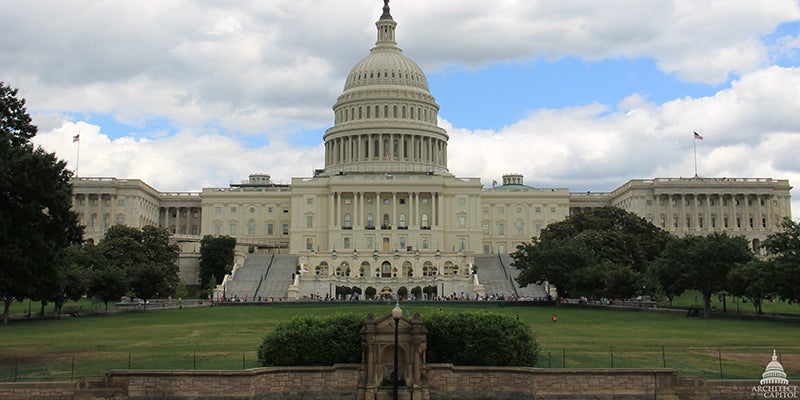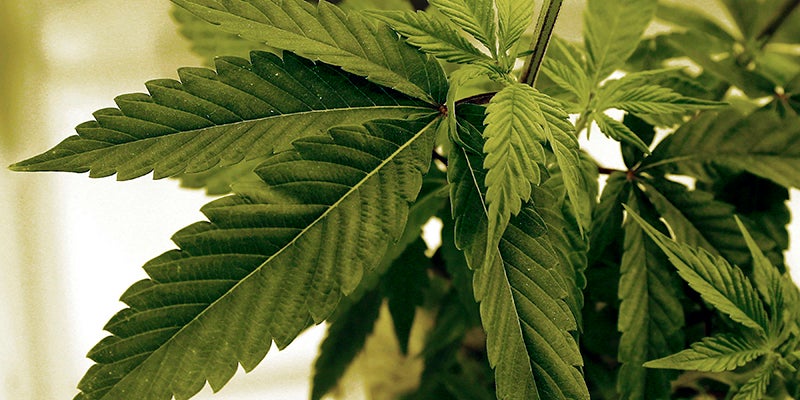Monarch population, host plants hurting from climate change. Expert shares how to help
Published 5:35 pm Friday, May 17, 2024
|
Getting your Trinity Audio player ready...
|
By Cathy Wurzer and Gracie Stockton
Monarch butterflies are beginning to return to Minnesota and should start arriving in droves in the next two weeks. But the population returning from Mexico will likely be much smaller than in years past.
This winter, the number of eastern monarch butterflies wintering in Mexico was the smallest researchers had recorded in a decade.
A years-long drought pattern, winter whiplash and warming temperatures are all hurting the vulnerable species and the plants it relies on to survive, according to University of Minnesota Professor Emilie Snell-Rood, who studies monarchs and other pollinators.
“We were worried, especially because of the drought last year that continuing drought and low precipitation this year, was just going to continue to have cause issues,” Snell-Rood said on MPR News’ Morning Edition on Friday.
Thankfully, drought conditions have eased this spring, and the common milkweed — the host plant butterflies lay eggs on — has “pretty long roots” and is “fairly robust to drought.”
Experts were also concerned that the unusually warm winter would lead to a timing mismatch when monarchs fly northward and milkweed and pollinator plants sprout. But that doesn’t appear to have happened, Snell-Rood said.
Last summer was somewhat spoiled by smoky skies due to Canadian wildfires, triggering a record amount of air quality alerts in Minnesota. This year’s fire forecast also isn’t great. The effect of wildfire smoke on wildlife is an open area of research, with only a handful of studies on butterflies and none on monarchs. Snell-Rood says those existing studies indicate breathing in smoke is stressful for developing caterpillars’ mortality and growth rates; it also reduces adults’ flying ability and speed.
“It makes sense. They’re breathing the same air we’re breathing when we’re out there running around in the smoke,” Snell-Rood said. “But it’s also an area where we need a lot more research.”
Much of Snell-Rood’s research focuses on conservation — specifically, developing pockets of habitats for monarchs and other pollinators anywhere and everywhere “whether that’s roadsides, yards, green spaces in urban areas or restoring larger areas of habitat.”
People can help by planting both native nectar and host plants, like milkweed, reducing pesticide use and mowing less grass less often.
“If you’re worried about having areas of your yard that might look unkempt, just having what researchers often call ‘cues of care,’ like mowing a path or mowing the edge or putting up a sign can make it sort of more socially acceptable to have a wild yard,” Snell-Rood said.





